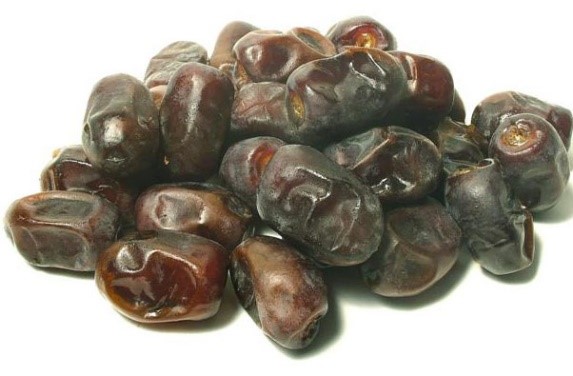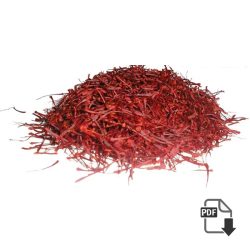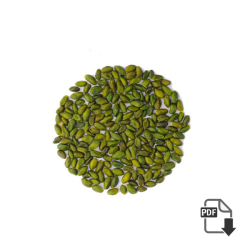Fruits Category
Please for more information or any inquiry click here ……
Vegetable is a catch-all category that includes many of the edible parts of a plant, like stems, roots, flowers, and leaves. We don’t usually consider the fruits of a plant to be vegetables, except for fruits that aren’t very sweet. Tomatoes, squash, peppers, eggplants, and beans, for example, are all fruits, but we usually refer to them as vegetables.
Citrus Fruit: Citrus fruits have stippled rinds that surround pulp that’s tart, juicy, and rich in vitamin C and other nutrients. Most citrus fruits are first peeled, then the pulp is either eaten out of hand or squeezed to make juice, but some, like the kumquat, are eaten peel and all. The peels contain fragrant oils, and their zest is often used to flavor foods. When buying citrus fruit, select specimens that are smaller, thin-skinned, and heavy for their size. They keep longer if you store them in the refrigerator.
Berries: Berries are delicious and often fragile fruits that grow on vines, bushes, and runners. They have many virtues–they’re colorful, easy to prepare, good for you, and so delicious that you can serve them for dessert all by themselves. The only downside is that they’re often pricey since it’s a Herculean challenge to get them to market before they spoil. Many don’t make it, so check them over carefully for mold before putting them in your shopping cart. Berries don’t ripen once they’re picked, so the deeply colored ones tend to be the sweetest and most flavorful. When you get them home, store them in the refrigerator and use them as soon as possible. Don’t wash them until you’re ready to use them, and freeze any that you can’t get to right away.Fruits Category
Stone Fruit: The family of stone fruits includes cherries, plums, apricots, nectarines, and peaches. They all arrive in the summer, though you can sometimes find pricey imports during the off-season. Stone fruits don’t become sweeter after they’re picked, but growers often harvest them while they’re still a bit underripe so that they won’t bruise during transit. At the market, select specimens that have the color, if not the softness, of fully ripened fruit, then take them home and let them soften at room temperature for a few days.
Common Tropical Fruit: Most of the bananas you and I have eaten in our lifetimes are the yellow Cavendish bananas. The burro banana = chunkey = chunky is shorter than the Cavendish and has an interesting lemony flavor. The Manzano banana is smaller and a bit drier, but it fits nicely into lunch boxes. The red banana has a purple peel and is best used for baking. The plantain is larger than other banana varieties and is usually fried, baked, or mashed before eating. Yellow bananas are ripe and ready to eat, while green ones will ripen at room temperature in just a few days. Refrigerating ripe bananas will keep them from getting soft and mushy, though the peels will darken. Substitutes: plantain (for baking, mashing, and frying) OR mango (different flavors)
Exotic Tropical Fruit: Ababais are similar to papayas, only they have their own unique flavor. They’re good raw, but they can also be cooked or grilled without losing their shape. The biggest drawback is that they’re as yet hard to find in markets. Substitutes: papaya (This also holds its shape when cooked.) OR mango
Melons: Melons are great all by themselves, though some people like to perk up their flavor by sprinkling lemon juice, salt, or liqueur on them. Look for three things when selecting a melon: (1) Was it picked too soon? Each variety turns a certain color at maturity. If your melon isn’t the right color, reject it. (2) Is it damaged? If it has soft spots, cracks, or mold, reject it. (3) Is it ripe? Even mature melons may need a few days to ripen fully.Fruits Category
If a melon flunks either of the first two tests, don’t buy it. If it passes those tests but isn’t ripe, just leave it on your kitchen counter for a few days until it reaches full flavor. All melons should also be heavy for their size.Fruits Category
Dried Fruit: Dried fruit is a terrific snack, but cooks also use it in everything from muffins to stews. Drying has the obvious advantage of letting us enjoy our favorite fruit when it’s out of season, but it also serves to concentrate the fruit’s flavor and sugar. Since high concentrations of sugar ward off bacteria, dried fruit can last up to a year without refrigeration. If you live in a hot, dry climate, you can dry fruit just by leaving it out in the sun for a few days. If not, you can use an oven or dehydrator. Sulfur dioxide is sometimes added to the fruit to improve its shelf life and color. If you’re allergic to it, you can usually find no sulfured dried fruit at health food stores. In a pinch, you can remove some of the sulfur by boiling treated dried fruit for a minute or so and then draining off the liquid.
Pome Fruit, which includes apples, pears, quince, Asian pears, loquats, and crab apples.: The family of pome fruits includes apples, pears, quinces, Asian pears, and loquats…Fruits Category
Fruit Vegetables, including tomatoes, eggplants, winter squash, summer squash, Asian squash, cucumbers, sweet peppers, fresh chiles, dried chiles, olives, avocados, and tomatillos.: With their rich flavor and mild acidity, tomatoes have worked their way into thousands of recipes. You can eat them raw in salads, salsas, or sandwiches, cook them to make sauces, stuff them and bake them, or grill them on skewers with other vegetables. Summertime is the best season for tomatoes; those sold at other times of the year are often bland. Indeed, better cooks often prefer canned tomatoes for their sauces over fresh out-of-season tomatoes. Select tomatoes that are brightly colored, smooth-skinned, and heavy for their size. Don’t refrigerate tomatoes–it ruins their flavor.
Please for more information or any inquiry click here ……
Preserves & Fruit Butters
Candied Foods Juices

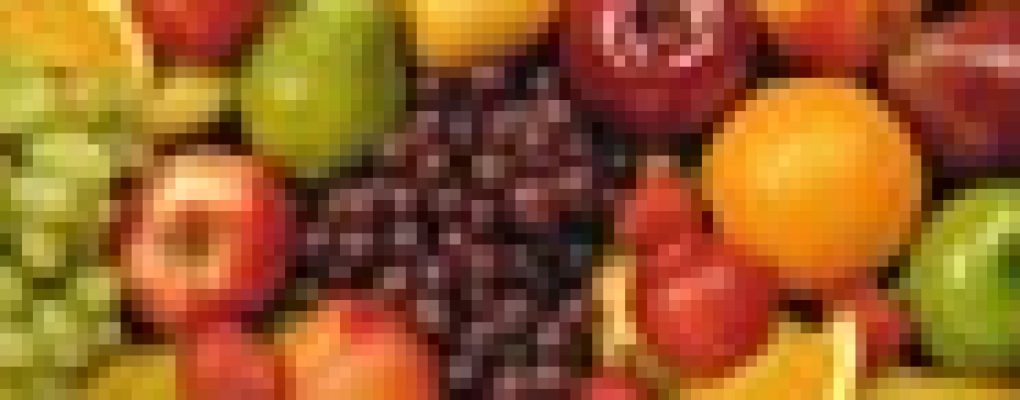
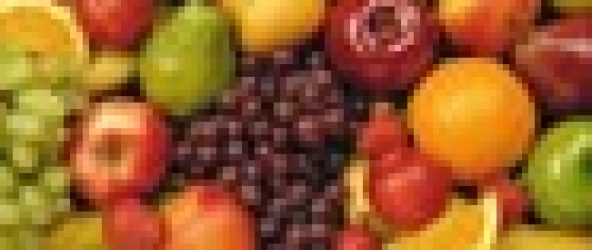




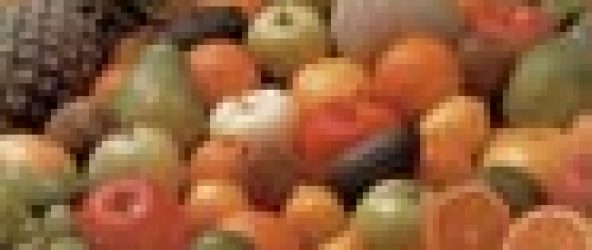

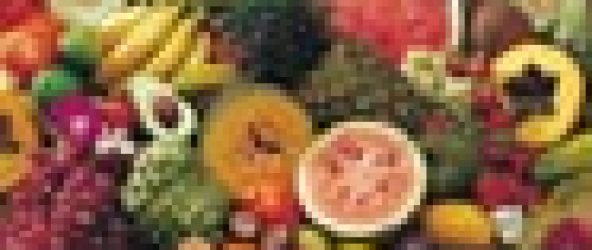


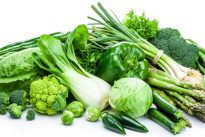
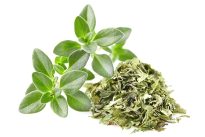
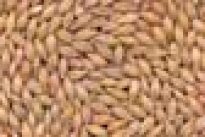
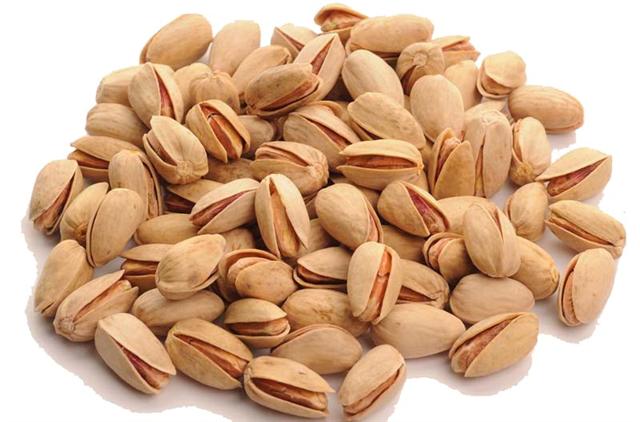
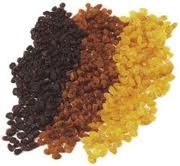 3 kind raisin
3 kind raisin 